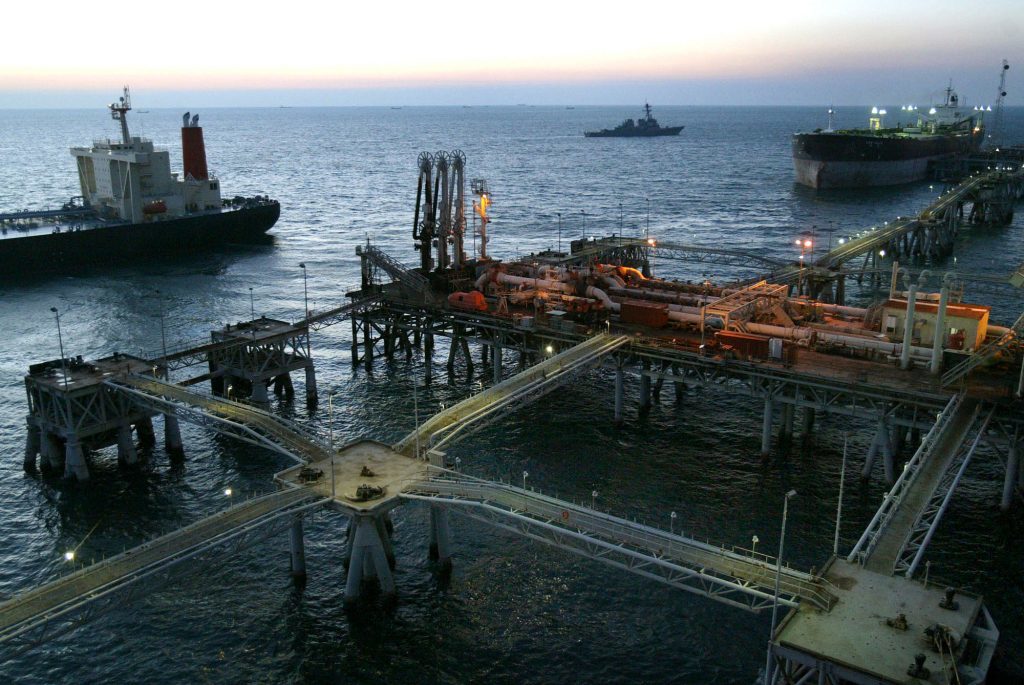
Oil rose as the International Energy Agency forecast the strongest demand growth in two years, while OPEC was said to discuss prolonging output cuts further into 2018.
Futures gained 1 percent in New York after rising 1.6 percent the previous two sessions. The IEA boosted its forecast on stronger-than-expected consumption in Europe and the U.S., and said that inventories of refined products are subsiding to their five-year average. A six-month extension to supply curbs from the end of March is one of the options being considered by OPEC and its allies, according to a person familiar with the matter.
Oil in New York has averaged about $49 a barrel this year as efforts to drain a global glut by the Organization of Petroleum Exporting Countries and partners including Russia are stifled by rising shale output. U.S. crude inventories expanded by 6.18 million barrels last week, according to industry data, as oil processors gradually restarted following Harvey.
“The main message is that global oil demand is very strong in 2017,” said Bjarne Schieldrop, an analyst at SEB AB in Oslo.
West Texas Intermediate for October delivery was at $48.69 a barrel on the New York Mercantile Exchange, up 46 cents, at 11:54 a.m. in London. Total volume traded was about 8 percent below the 100-day average. Prices climbed 16 cents to $48.23 on Tuesday.
Brent for November settlement added 42 cents to $54.69 on the London-based ICE Futures Europe exchange. Prices added 43 cents, or 0.8 percent, to $54.27 on Tuesday. The global benchmark crude traded at a premium of $5.50 to November WTI.
OPEC members are discussing prolonging the cuts ahead of a ministerial meeting scheduled for late November in Vienna, with a three-month extension seen as the minimum, the people said. The duration will depend on multiple variables, including the level of compliance, the pace of the output recovery in Libya and Nigeria, U.S. shale supply and the strength of global demand.
“The longer they can keep the cuts in place, the greater the chance that they will make reasonable inroads into the current inventory overhang,” said Ric Spooner, an analyst at CMC Markets in Sydney. “It’s hard to say whether they’ll go through with it at this moment. It would seem logical to continue.”
Oil-market news:
OPEC boosted its estimates for the amount of crude it will need to supply next year by 400,000 barrels a day to 32.8 million a day on increased demand projections for Europe and China. U.S. output will average 9.84 million barrels a day next year, the Energy Information Administration said in its monthly Short-Term Energy Outlook on Tuesday. That’s down from an August estimate of 9.91 million barrels. OPEC and allied oil producers will keep reviewing options for their agreement to cut output, and a final decision on extending the deal beyond March could be postponed until the first quarter of 2018, Kuwait’s oil minster said.